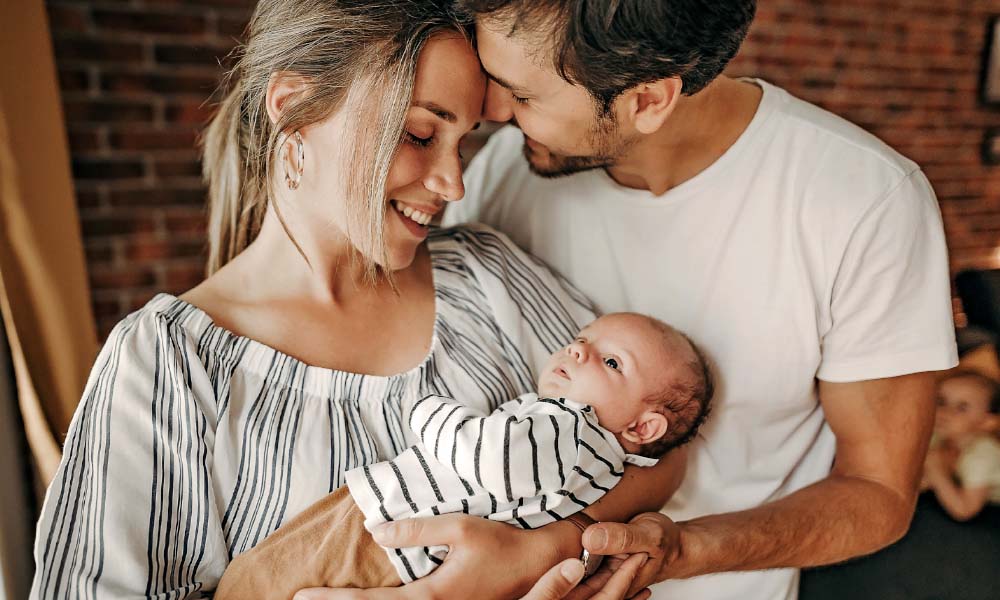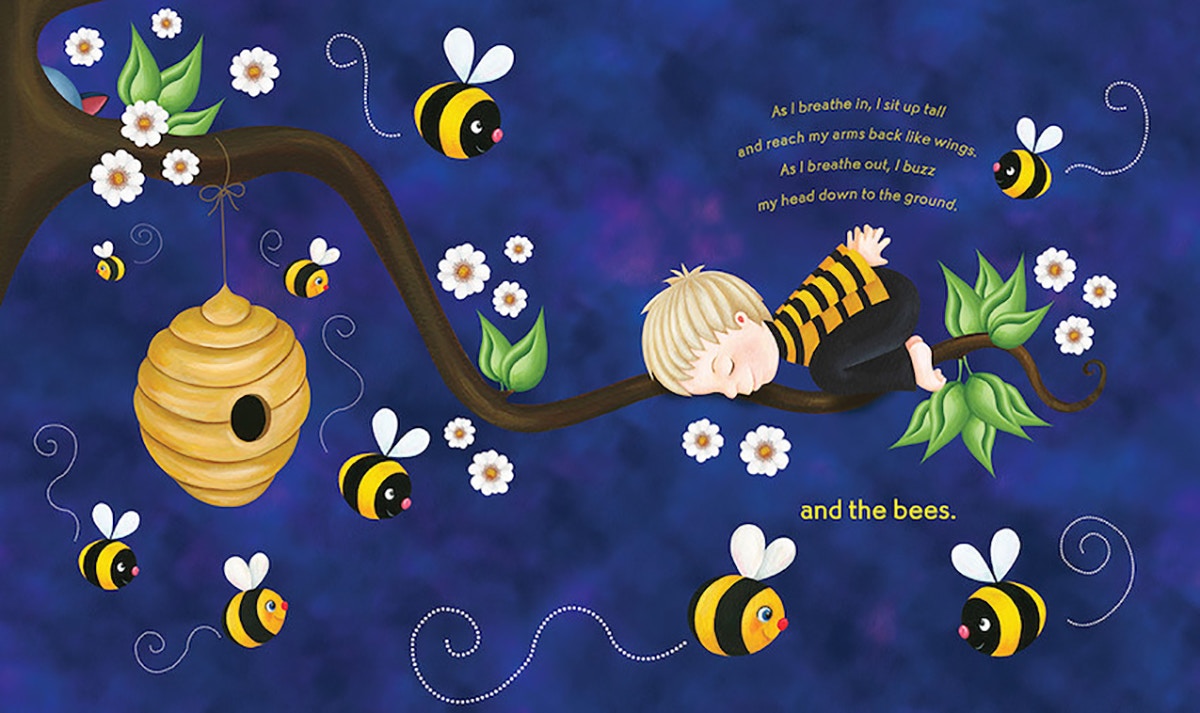My grandmother turned 90 last month. She is spunky, funny, and an incredibly talented crafter (we’re talking award winning quilts, hand-hooked rugs, and fabric art).
She raised five children who have gone out into the world and generated an extended family of about 40 people, including 13 grandchildren and nine great-grandchildren. A few weeks ago, we threw her a surprise party. It was a raucous affair with a series of toasts, lots of hugs, and multiple rounds of singing.
At 90, Grammie still lives alone. She has undoubtedly kept her mind sharp through her intricate crafting, but like anyone who is aging she can get confused or forgetful. She is amazingly self-sufficient in so many ways but also needs support from family, especially her kids, as she continues to navigate the ins and outs of daily life.
Despite these natural effects of aging, I still see Grammie as the hilarious woman who laughs so hard she can’t tell her own jokes and has been known to belt out, “Come on baby light my fire!” while doing dishes.
But I often wonder if my kids, who haven’t had the opportunity to know her for so many years, see her the same way. Sometimes they seem unsure how to act around her or shy away from contact. My son asks questions about great gram and her life as he seeks to understand how she is related to him and to all of the other kids his age.
Not knowing who she was when she was younger, they are figuring out who she is at the age of 90.
That’s what older people are to them - unknown.
I suppose it shouldn’t surprise me that my children are less comfortable with the unknown. That’s what older people are to them - unknown.
They have few older people in their lives, and even fewer who are at the stage of life where more visible physical changes are settling in. This is the result of a modern lifestyle in which intergenerational living is less common. Many of us don’t live with, or extremely close to, our parents or grandparents (though, of course, some cultural traditions value these connections more than others).
More than that, our lives are not always organized in a way that promotes intergenerational contact.
Our children spend time at school and home where their adult caregivers are the age of their parents or grandparents, but not typically beyond their 60’s. And we spend less time with neighbors than previous generations might have.
The result, not just in our family, but in research around intergenerational perceptions in general, is that children who do not spend time around older adults have less positive perceptions of them (Heyman et al, 2011; Davidson et al, 2008; Okoye, 2008; Osborne Hannon and Hall Gueldner, 2006).
This means that both generations may be missing out on the potential benefits of interactions with each other.
I am looking for ways to help my kids feel more comfortable with older friends and family members and older folks they might meet in the future – to help them make connections that are valuable to them and to older generations. According to Page et al (1981), I’d better act soon; this research showed that children should be educated about aging before they are six years old if we are to foster more positive images of aging moving forward.
So what can we do? Here are three ideas I might try…
Increasing the frequency of positive interactions between children and elderly family and friends seems to be an important first step.
We can be more conscious about visiting my grandmother every time we are “in her neighborhood” (a few hours away) and we can find ways to steer the conversation toward story-telling that might help my children to relate to her and appreciate what she can share with them.
Likewise, we have an older neighbor whom we usually only see in passing; we can make an effort to check in on him more often or we can rekindle our friendship with an older neighbor who lived in our previous neighborhood. By doing so, we can demonstrate to our children that our elders are an important part of our family and our community.
Formal intergenerational programming also has been shown to have positive impacts on children’s perceptions of aging (Heyman et al, 2011).
I actually remember doing a pen pal project with an elderly friend of my parents when I was young, and I remember my sister interviewing our great aunt to learn about her incredibly interesting life. These experiences probably made us more comfortable with our older friends and family, but they were few and far between and didn’t happen until we were much older.
Joint child and eldercare programs look amazing, but probably aren’t an option for everyone right now. Instead, we can look for community-based programming that could help our children to engage with friendly older individuals. For example, there are programs that engage retired seniors as volunteers to read to children in local libraries or in school. The added benefit is that these programs are also beneficial for the adults who volunteer, enabling them to participate more fully in their communities and increase their sense of self-worth and connectedness (Skropeta et al, 2014).
Beyond in-person interactions we can also look at how older individuals are represented, if at all, in our children’s books and other media.
Research has shown that introducing children to books with a variety of older characters can help them to develop “more nuanced thinking about age” (Larkin et al, 2013). Just how often do you see an older person in the books that you read to your children, and how are they represented? If there are elderly characters, what are they doing? A fascinating study by Sciplino et al (2010) showed that more than 50% of grandparents in books across three cultures were shown in “sedentary physical activities” (remember the four grandparents sharing a bed in Charlie and the Chocolate Factory?). In addition, 59% of grandfathers had grey hair. The researchers argued that kids are being presented with a “homogeneous image of grandparents”. But there are alternatives. Check out your local library for books with interesting older characters doing interesting things. For some ideas, browse these compiled lists from Pinterest.
There is so much potential for positive outcomes from intergenerational relationships. It’s worth paying attention to how these relationships play out in our families and communities; taking active steps to make these interactions a part of our lives, if they are missing, is an important part of raising kids.



